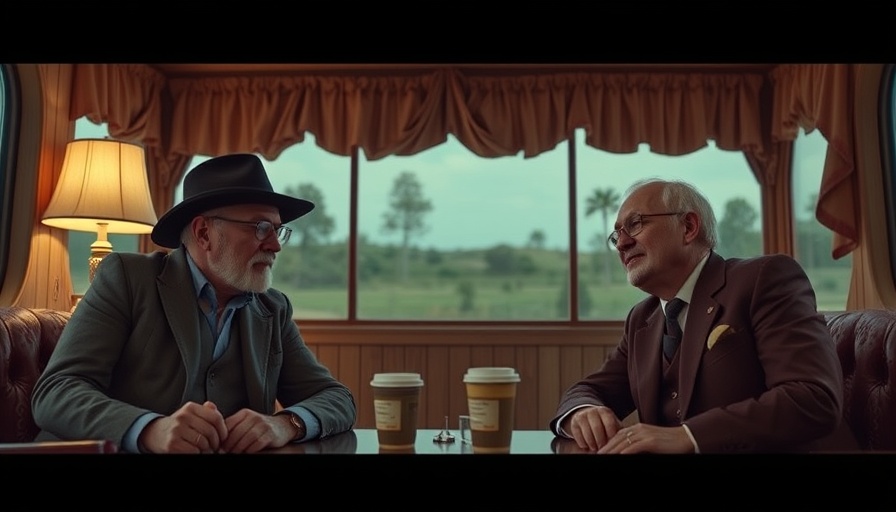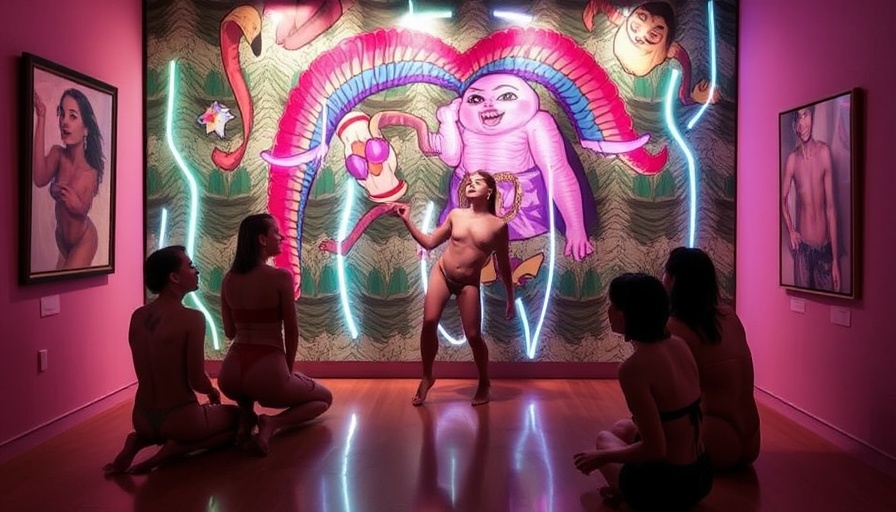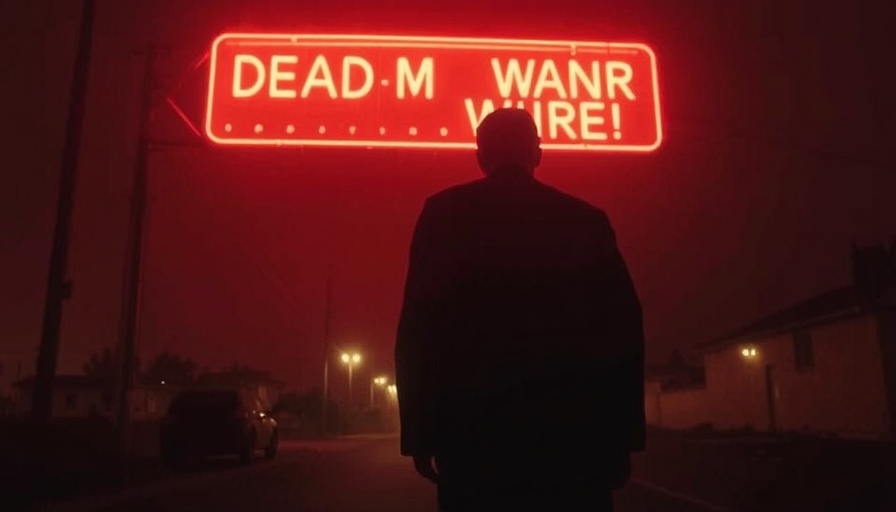
A New Wave in Cinema: Ari Aster's 'Eddington'
The anticipation surrounding Eddington, the latest film from acclaimed director Ari Aster, marks a unique intersection of genres—combining dark comedy with the western. Set against the backdrop of a small New Mexico town during the early days of the COVID-19 pandemic, this film aims to explore themes of politics, social media, and the inherent absurdity of life.
Historical Context: A Comedy Set in Troubling Times
Filming during a global crisis, Aster’s latest project speaks to contemporary anxieties. In May 2020, many were navigating lockdowns and political headlines, trying to find humor amidst uncertainty. By choosing this era for a comedy-western, Aster not only challenges traditional genre conventions but also provides commentary on how the pandemic affected our daily lives, relationships, and community structures.
Star-Studded Cast: Phoenix, Stone, and Pascal
With a talented lineup that includes Joaquin Phoenix, Emma Stone, and Pedro Pascal, the casting choices further heighten the film's anticipated impact. Phoenix plays the town sheriff, a character that will likely grapple with both internal and societal conflict as he navigates the re-election campaign of the town mayor, portrayed by Pascal. Stone’s role as the sheriff’s wife will also give audiences insight into the nuances of personal and community dynamics during crises.
Emotional Resonance: Humor in the Face of Crisis
One might wonder how a comedic approach will handle the weight of real-world crises. Aster’s previous works, like Hereditary and Midsommar, showcase his ability to weave subtleties of human emotion into horror; now, applying this talent to comedy presents a chance for laughter to act as a coping mechanism. This exploration shows how humor can serve as a humanizing force amid the chaos of a pandemic.
A Social Media Landscape and Character Isolation
Notably, the film is set in an era when social media began to dominate how people communicated and engaged with each other. Characters like Austin Butler’s preacher will deliver stirring sermons online, reflecting broader trends of isolation and spirituality during the pandemic. This digital aspect serves as both a tool for connection and a source of conflict within the narrative.
Future Predictions: A Shift in Genre Expectations
The intersection of dark comedy and western elements opens up new directions for filmmakers. As more artists aim to address complex societal issues through humor, we might see a trend where traditional genre boundaries blur. Aster's Eddington could pave the way for other narratives that utilize humor to engage with heavy topics, allowing audiences to reflect while they laugh.
Taking a Stand: The Political Undertones
The backdrop of a mayoral election allows Aster the opportunity to explore themes of power, identity, and manipulation. As the story involves a battle for political survival during a tumultuous period, audiences may find parallels to current political landscapes, prompting deeper conversations about governance, crisis management, and community resilience.
Conclusion: Where to Go From Here?
Ari Aster's Eddington promises to be a refreshing entry point into the film industry’s response to the pandemic, highlighting how humor can provide relief to serious situations. As viewers, we should remain open to exploring these multi-dimensional narratives that frame complex issues through unique lenses.
As the film gears up for its premiere at Cannes, it would be worthwhile to keep a close eye on not just its reception, but how it may influence future storytelling in cinema. How audiences interpret its themes of community and political intrigue could shed light on our shared experiences of uncertainty and resilience during the pandemic.
 Add Row
Add Row  Add
Add 




Write A Comment